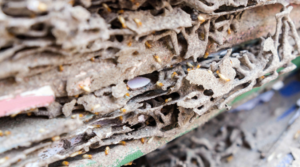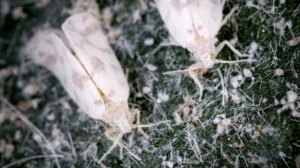Dealing with a silverfish infestation begins with understanding these pests. This article explores the habitat, life cycle, and reasons behind silverfish infestations in homes, providing insights that can aid in effective prevention and control.
The Silverfish: A Brief Overview
Silverfish (Lepisma saccharina) are ancient insects known for their silvery, fish-like appearance and quick movements. These nocturnal creatures can be unsettling to find in your home, but understanding them is key to preventing their intrusion.
Habitat and Preferred Conditions
Love for Humidity: Silverfish thrive in environments with high humidity, which is why they are commonly found in bathrooms, basements, and kitchens.
Nocturnal Nature: They are most active at night, often going unnoticed, which can lead to unchecked infestations.
Hiding Spots: Silverfish prefer dark, secluded areas. They often hide in cracks, crevices, and behind furniture.
Life Cycle and Reproduction
Long Lifespan: Silverfish can live up to 8 years, which is quite long for insects.
Reproduction Rate: A female silverfish can lay up to 60 eggs at a time, leading to rapid population growth in conducive environments.
Development: Silverfish go through a gradual metamorphosis, meaning they develop into adults without a distinct larval or pupal stage.
Why Silverfish Infest Homes
Food Sources: They feed on carbohydrates, such as sugars and starches. Common household items like paper, glue, and textiles are attractive to them.
Ideal Conditions: Homes often provide the perfect conditions – warmth, humidity, and food sources – for silverfish to thrive.
Ease of Entry: Small cracks and openings are enough for silverfish to enter homes, making them susceptible to infestation.
Preventing Infestations
Understanding silverfish behavior and habitat preferences is crucial in preventing infestations. Regular home maintenance, reducing humidity, and keeping potential food sources out of reach can significantly reduce the likelihood of a silverfish problem.
Conclusion
Understanding the silverfish is essential in controlling and preventing infestations in your home. By recognizing their preferred habitats, life cycle, and reasons for invading homes, you can take proactive steps to keep them at bay. Regular inspections, proper home maintenance, and controlling indoor humidity are key strategies in managing silverfish populations effectively.









